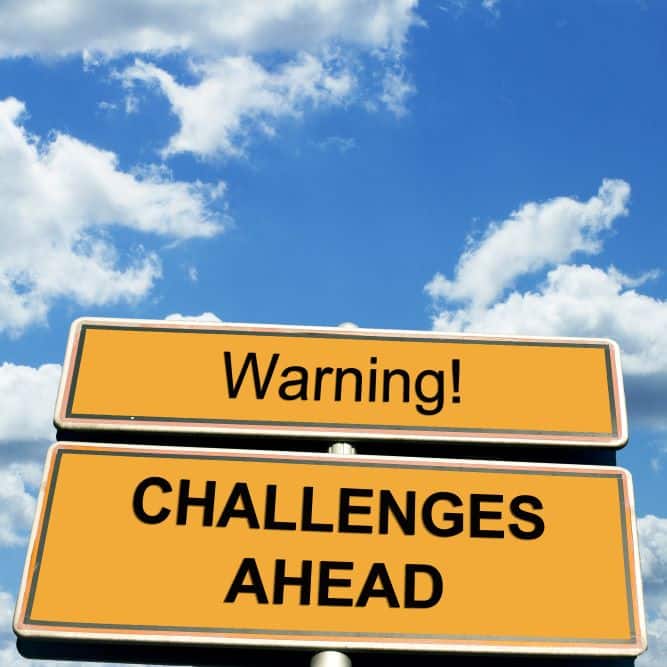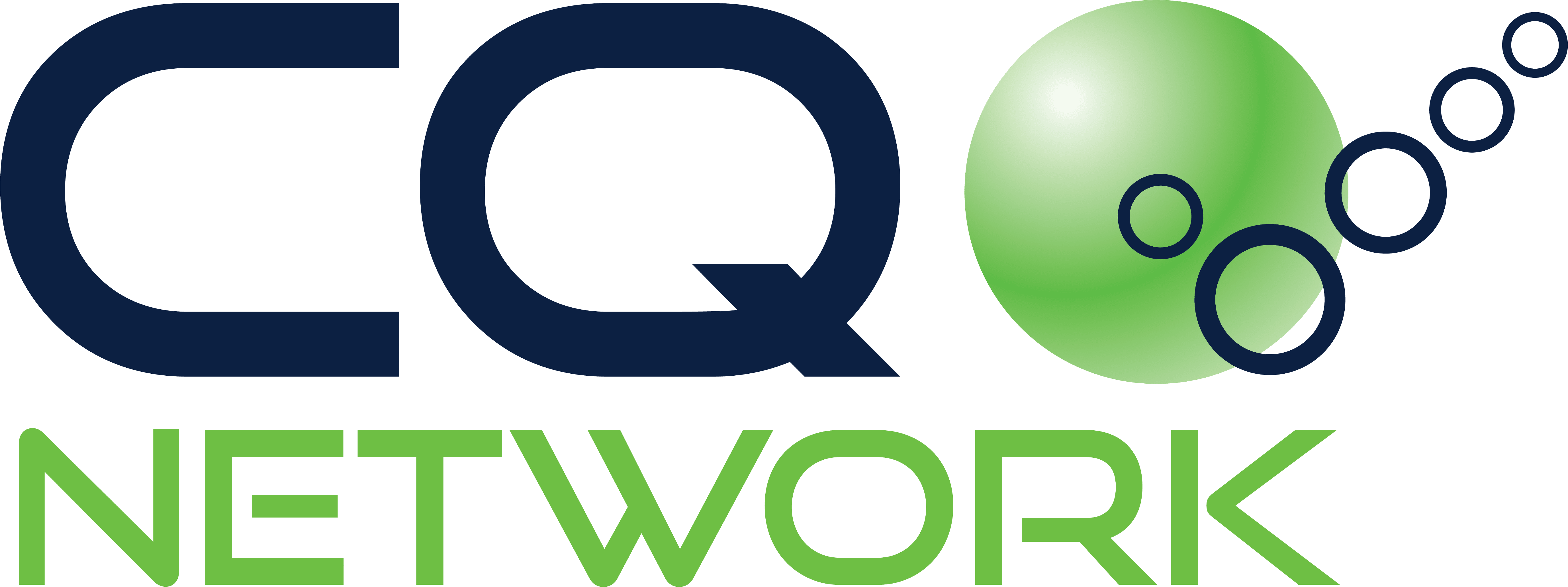
16 May Managing At-Risk Behaviors
High-risk industries require a unique and proactive approach to managing safe behaviours. With the potential for severe consequences, organizations must take a proactive stance to ensure the safety and well-being of their workers. By implementing the following strategies, organizations can create a safe and secure environment for their employees.
Identifying At-Risk Behaviors
Proactive employers identify the at-risk behaviours of their workforce so that mitigation strategies are developed. While every organization and industry will have different at-risk behaviours, a few are more common across industries. These include:
- Substance abuse. Substance abuse is an issue that many organizations must tackle, particularly those in industries with a higher risk of injuries, such as construction and manufacturing. Employers must ensure their employees are free from substances that could impair their judgment and lead to dangerous situations.
- Fatigue can be an issue in industries where employees work long or irregular hours. This can be particularly dangerous for construction, healthcare, and transportation workers. Employers need to be aware of the hazards of fatigue and take steps to ensure that their employees are adequately rested and ready to perform their job duties safely.
- Many people in high-risk industries experience stress as a regular part of their jobs. However, sustained high stress can lead to burnout, which harms productivity and worker well-being. Employers that identify mental health stressors and adjust the workplace to lessen or eliminate their impacts save their human and financial resources.
Developing a Training and Education Plan
One of the best strategies for dealing with at-risk behaviours is to provide practical and thorough employee training and education. This can help employees better understand their potential risks and learn how to mitigate or avoid them. It can also help employees develop and maintain the skills they need to perform their job safely and effectively. By addressing potential risks and teaching employees how to avoid or mitigate them, organizations can create a safer work environment for all. There are a few things to remember when developing a training and education plan:
- Risks – Identify the risks your employees face and provide training on how to avoid or mitigate them.
- Skills – Provide training on your employees’ skills to perform their jobs effectively and safely.
- Readiness – Ensure all employees are ready for the training, including having the required materials and knowledge.
- Delivery – Tailor your training to your audience, and choose the best delivery method for your organization.
Implementing Safety Standards
Safety standards are protocols that help employees identify and avoid potential risks. They can include everything from guidelines for handling dangerous materials to best practices for safe lifting. By implementing standards, your organization can help ensure employees are prepared to deal with risks and avoid incidents.
There are a few things to keep in mind when implementing safety standards:
- Legislation is the floor – Legal compliance is the foundation of all safety standards. By publishing voluntary Industry Consensus Standards, many industries go beyond the minimum legal standards. Checking with your local or regional industry association is a good first step to nudge the bar higher.
- Establish clear expectations – Ensure employees understand what is expected of them, including when and how to follow the standards.
- Communicate the standards – Start at onboarding with a prework orientation and periodically ensure workers are aware of the standards and know how to access them when necessary.
- Review and update—Safety protocols should evolve with new technologies and legislative changes, so they should be reviewed and updated as necessary.
Addressing Potential Risks Proactively
One of the best ways to deal with at-risk behaviours is to address them before they become an issue. This can help prevent potential incidents and reduce the need to correct behaviours after an injury or other loss. There are a few things to remember when proactively managing risk:
- Use data to identify risks—Use data and analytics to identify potential risks and then create strategies for addressing them before they become an issue. Information from field inspections, focused observations, and incident reports is your friend.
- Engage employees in the risk-prevention process – Get employee buy-in for the strategies and ensure workers have an impactful role in creating them.
- Focus on prevention, not punishment – The best way to deal with at-risk behaviours is to prevent them from becoming an issue in the first place. Constructive coaching pre-incident is more effective than discipline post-incident.
Creating a Culture of Safety and Well-Being
One of the best ways to deal with at-risk behaviours is to create a culture of safety and well-being. This can help employees feel safe at work and like they have a voice while also helping them identify and avoid potential risks. For example, safety committees are an established, sometimes legislated, mechanism for workers to discuss safety issues from their perspective and make improvement recommendations.
By creating a dialogue about safety and well-being, organizations can help employees feel comfortable sharing their ideas, concerns, and recommendations for improvement. The result is improved psychological safety.
Engaging Employees in At-Risk Behavior Discussions
Another strategy is engaging employees in one-on-one discussions about their risk-related issues. This can help workers feel they have a voice and discuss potential risks while creating a safety and well-being culture. For example, a supervisor or executive greatly impacts individual workers when regularly engaging in safety-focused discussions.
Assessing and Evaluating Safety Standards
An effective strategy is also regularly to assess and evaluate your safety protocols. Doing so can help you identify gaps in your standards and create plans for closing them. World events, technology, and social policy all affect safe workplaces. For example, many organizations are adopting policies for severe weather events and workplace violence. An active shooter readiness protocol is, unfortunately, a prudent standard to have in place for many workplaces. Anticipate changes, listen to the marketplace, interact with your stakeholders, and proactively adjust your standards and operations.






Sorry, the comment form is closed at this time.